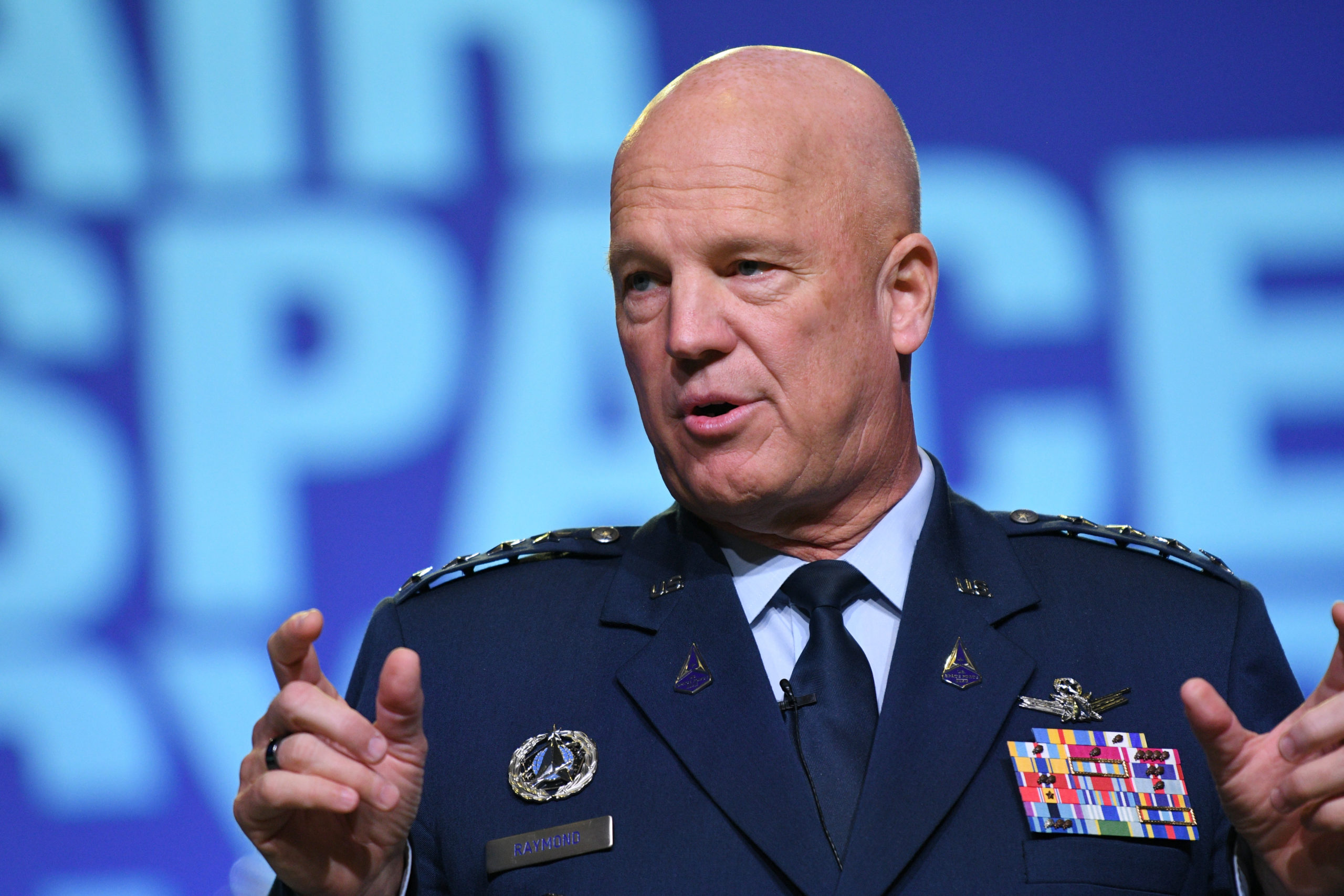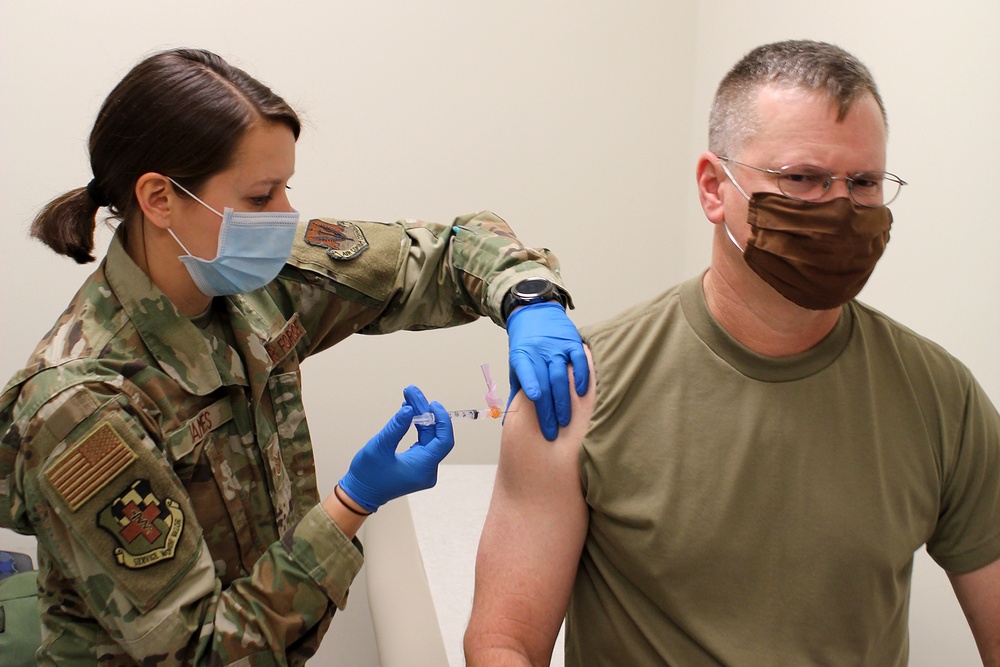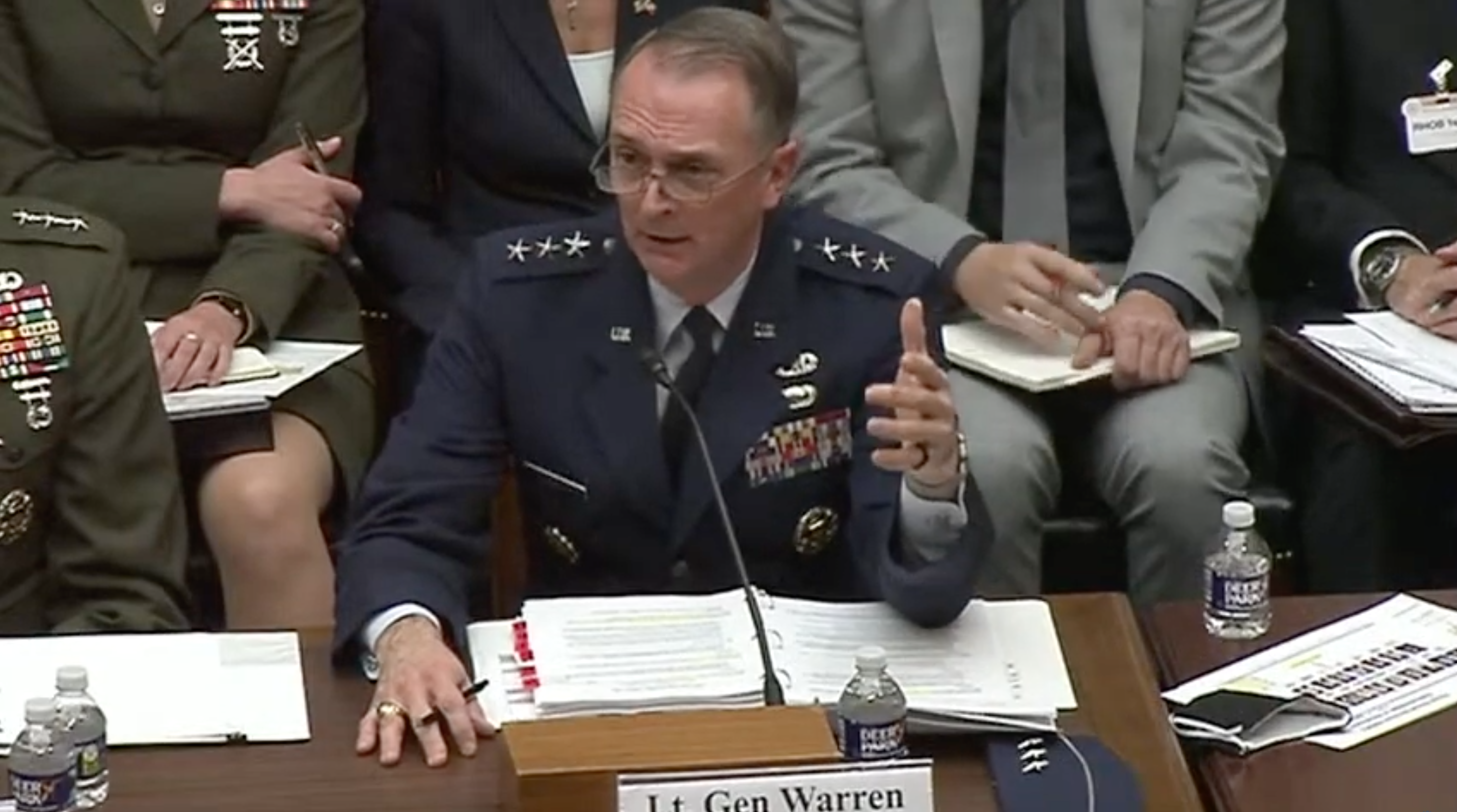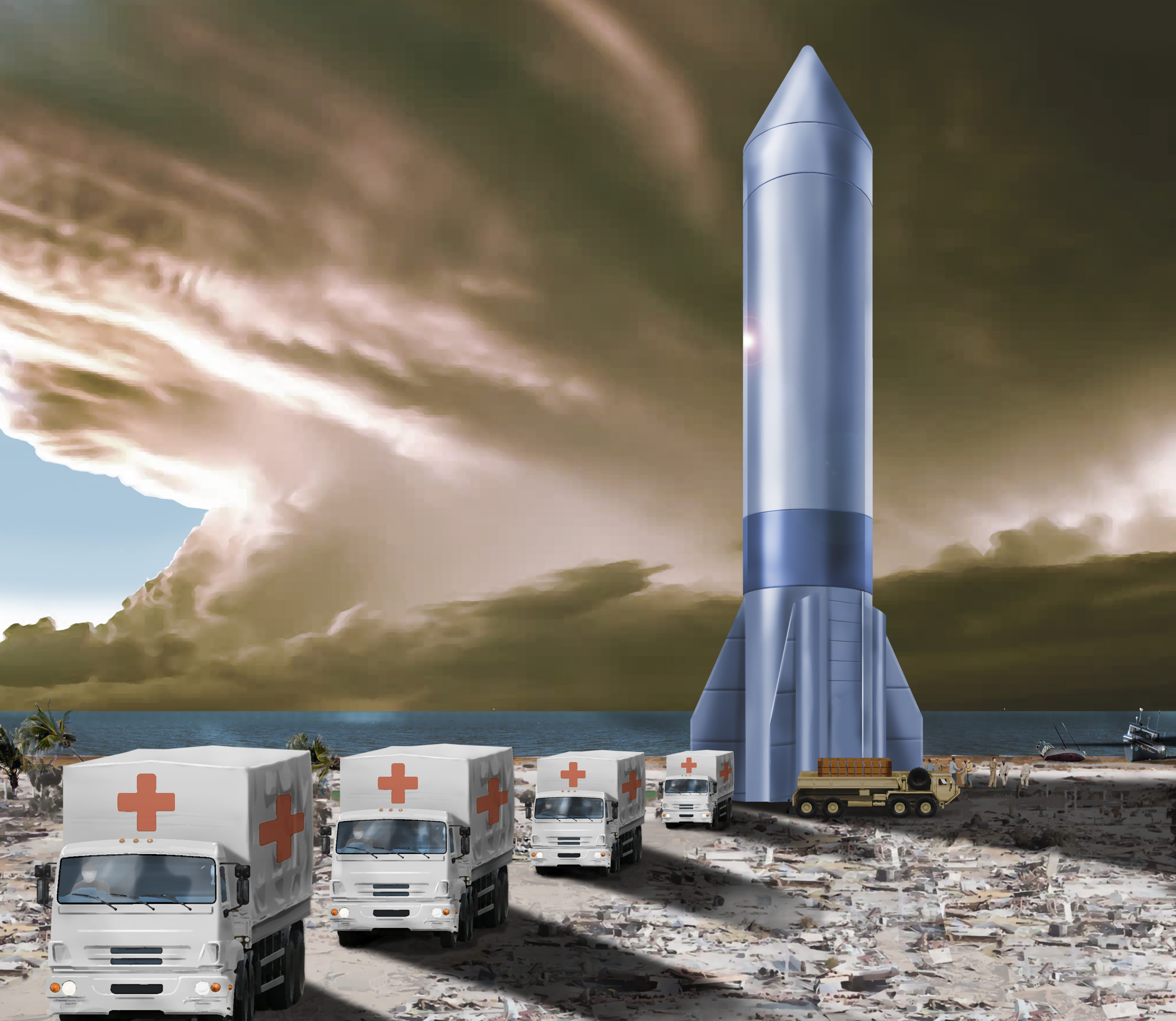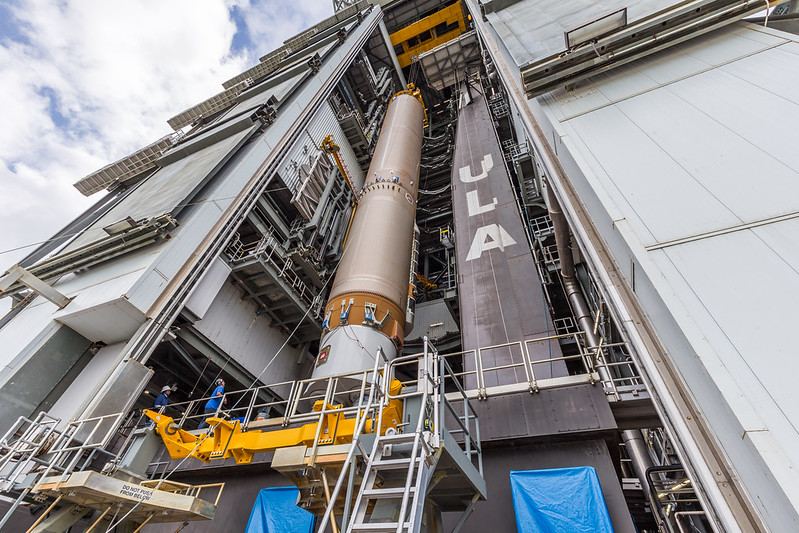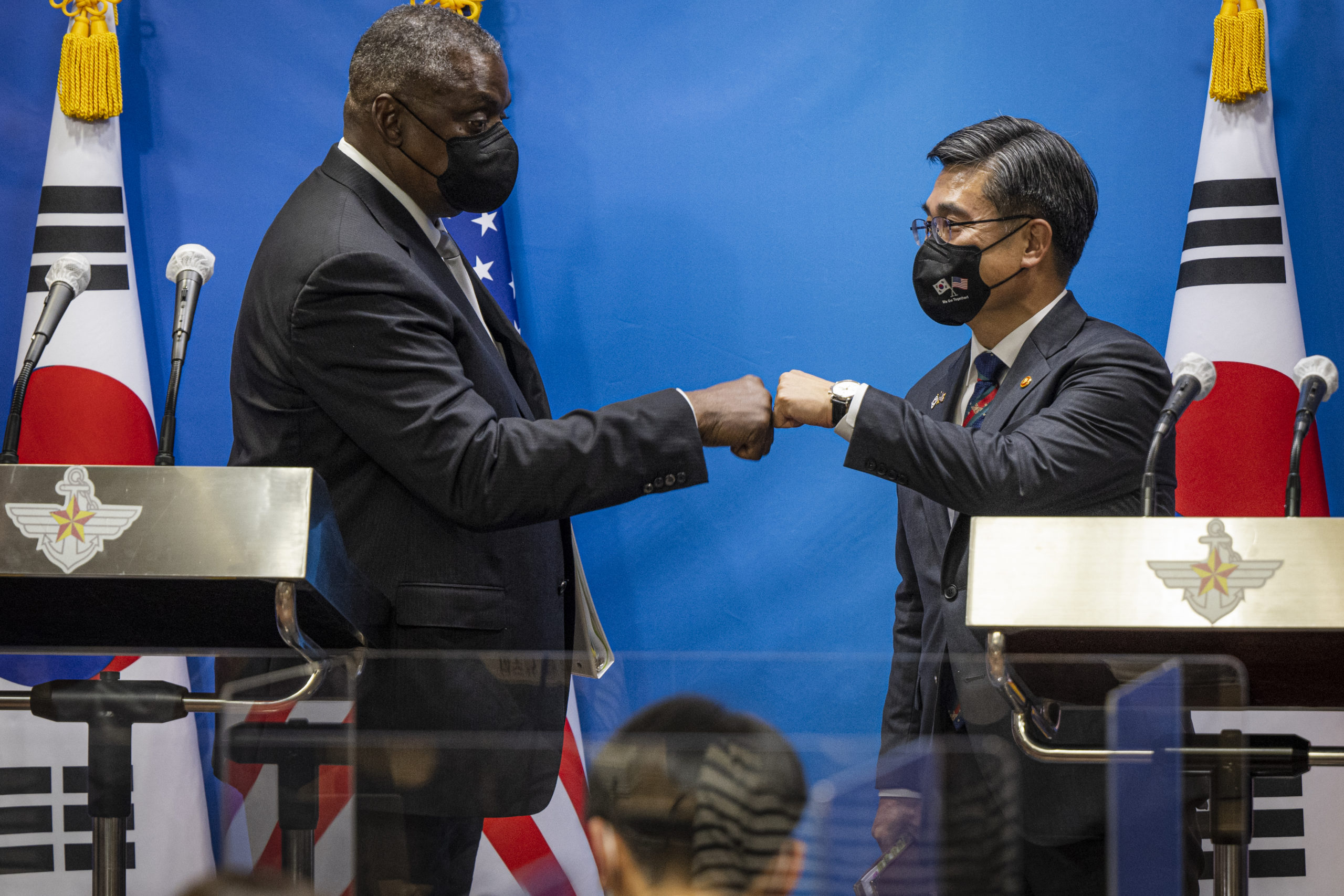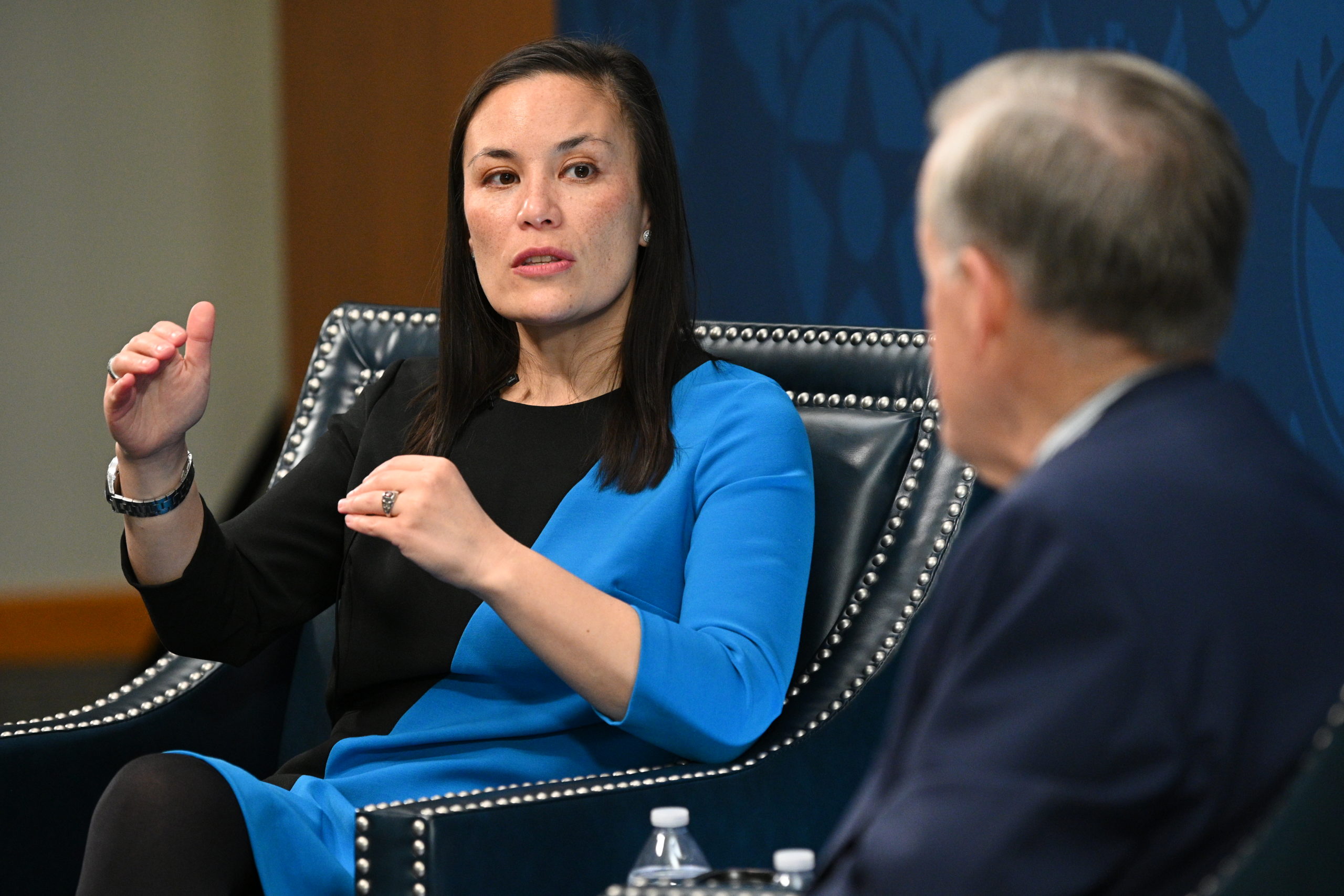Chief of Space Operations Gen. John W. “Jay” Raymond has canceled a trip to California this weekend after having close contact with multiple individuals who tested positive for COVID-19, the Space Force confirmed Dec. 3.
Raymond was scheduled to appear at the Reagan National Defense Forum, hosted by the Ronald Reagan Presidential Foundation and Institute in Simi Valley, Calif., to participate in a panel discussion on the Space Force and the “new space economy.” Vice Chief of Space Operations Gen. David D. Thompson will go in his place, Space Force spokesperson Lynn Kirby told Air Force Magazine.
“Gen. Raymond recently came in close contact with multiple individuals who just tested positive for COVID-19,” Kirby said in a statement. “Out of an abundance of caution and following the advice of medical professionals, he will no longer travel to the Reagan National Defense Forum. … Gen. Raymond has been tested within the last 24 hours, and we have no positive results to report at this time. He is fully vaccinated and has received the booster.”
Kirby declined to say whether Raymond is quarantining after the exposure. The Centers for Disease Control and Prevention’s guidelines state that close contacts of a COVID-19 case do not need to quarantine if they are fully vaccinated unless they show symptoms. Regardless, they should be tested and wear a mask indoors in public.
Raymond’s announcement comes on the heels of the announcement that Gen. Daniel R. Hokanson, chief of the National Guard Bureau, has tested positive for the virus this week and is currently self-isolating.
Air Force Chief of Staff Gen. Charles Q. Brown Jr. is also scheduled to appear at the Reagan National Defense Forum, for a panel discussion. An Air Force spokesperson confirmed to Air Force Magazine that he is still attending the conference.
Both Raymond and Brown have gone through COVID scares before—in October 2020, they both had to quarantine for two weeks after Coast Guard Vice Commandant Adm. Charles Ray attended high-level meetings at the Pentagon and subsequently tested positive. Later that month, Thompson, the No. 2 officer in the Space Force, tested positive. At that time, Raymond did not quarantine.
